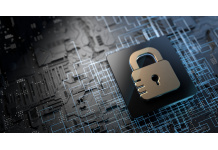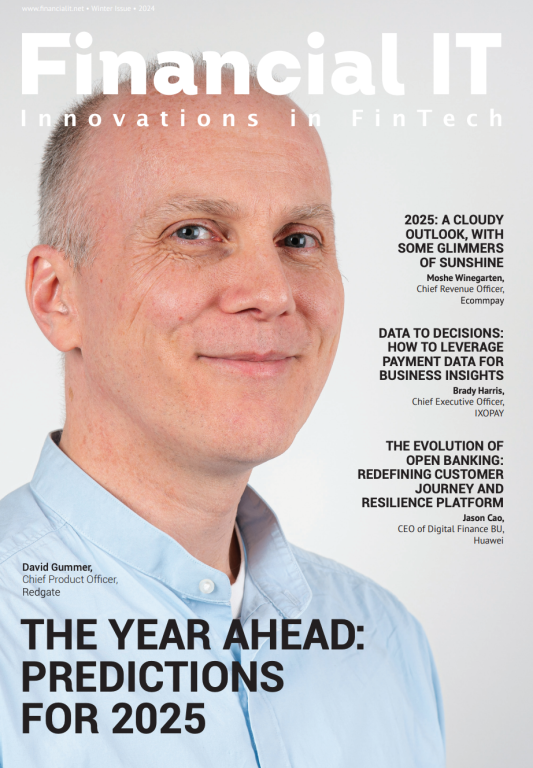How to Modernize Security for Financial Institutions

- Deepak Juneja, at Tech Webers
- 28.11.2022 05:45 pm #security
Businesses operating in the financial services sector are no strangers to attempted security breaches, especially in a post-pandemic landscape that’s seen targeted cyber-attacks rise by 238% globally. Financial institutions are not only expected to protect the vast monetary assets entrusted into their care, but also the fast-growing quantities of sensitive personal data relating to their customer-base.
In the past, legacy security protocols may have provided ample protection against physical threats, but as digital transformation continues to progress, physical access control systems and traditional key-based locks are proving ineffective against increasingly common modern security concerns.
To reliably protect today’s financial institutions, a modernized approach to security must be achieved. One in which physical systems and digital networks are fully integrated and controlled by a combined team of IT and security professionals. To guide businesses through this process, we’ve put together a short guide on how to modernize security for financial institutions.
Commercial access control and cloud-based technology
Modern door systems, such as access control keypad systems, provide countless benefits to large-scale operations, mainly by allowing security teams and business leaders to fully control their authorizations, create automated security functions and monitor on-site security cameras remotely via portable smart-technology.
The individual facets of a commercial access control system can include biometric sensors and facial recognition software used to prevent unauthorized persons from entering secure sites, automated lockdown functions that can be adjusted by admins remotely, and visitor management functions that provide security and HR teams with reliable records of who accessed certain areas at any given time.
Leveraging this security hardware with a cloud-based operating network gives business leaders even more control over their security protocols. Not only can door access controls be linked with security cameras and biometric scanners, but the integration of these technologies presents both security and IT teams with a combined pool of information to plan enhanced security measures around.
Replacing traditional keys with multi-factor authentication
Traditional lock and key security systems have remained largely unchanged for 100’s of years, with even the strongest of locks susceptible to failure via forced entry, lock-picking or stolen / duplicated keys. Replacing a compromised traditional lock is also both time-consuming and costly, and with no integrated digital controls, security teams must rely on separate alarms to be informed of a breach.
Replacing traditional keys with digital access controls allows for the immediate adjustment of access credentials, with admins able to edit authorizations at no extra cost from a remote location via a connected smart device. This means a stolen key card or fob is much less of a security concern than a traditional key, provided IT and security teams are configured to suitably monitor these systems.
Ensuring that a financial institution’s access control system benefits from multi-factor authentication remains the safest and most effective modern security system, adding an extra layer of protection against common cyber threats. Recent research conducted by Microsoft supports this claim, with the company finding multi-factor authentication can block 99.9% of modern automated cyberattacks.
Cybersecurity measures and modernizing data
The safe storage and processing of sensitive customer data continues to be incredibly important to an effective business security strategy. So much so that 95% of modern institutions cite the need to manage their unstructured data as a major concern for their operations moving forward.
Modernizing data storage systems is often best achieved by migrating pools of stored data away from physical servers and into cloud-based systems, though doing so must be achieved within the scope of regulatory cybersecurity measures. This process can represent the ideal opportunity for financial institutions to strengthen their cybersecurity plans in line with more modern targeted cyber threats.
By integrating a business’ IT and on-site security teams, automated responses can be programmed using gathered data relating to common cyber-attacks. With software defenses protecting sensitive data stores from the more predictable attempted breaches, an institution’s wider security teams will be free to focus on improving other, potentially neglected, areas of their larger security network.
Conclusion
The efficacy of a modern security system can be measured most appropriately through its ability to effectively defend businesses from both physical and cyber security threats. By investing in the right technology, such as commercial access control and cloud-based operating networks, financial institutions are able to streamline their defenses to make the best use of their IT and security teams.
The rate at which businesses are targeted by cyber criminals continues to rise, with the average malware attack now costing large companies over $2.5 million in damages, definitively proving the value in strengthening an institution’s defenses to protect valuable assets and sensitive data sooner rather than later.


























